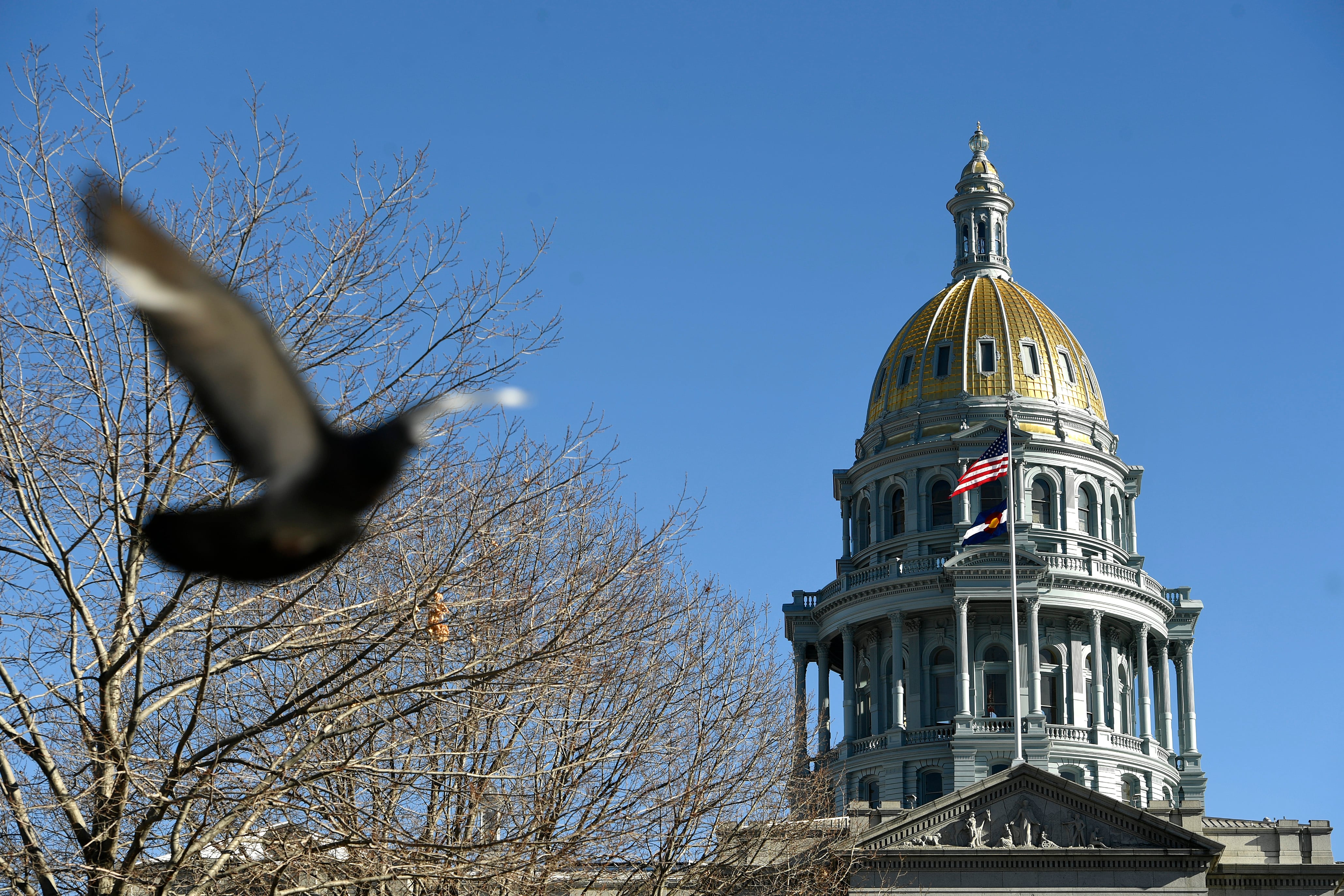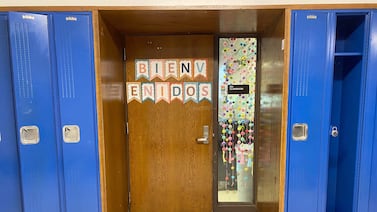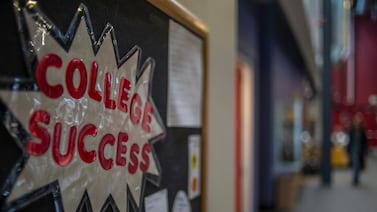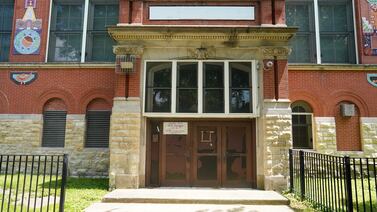If you think Colorado’s school funding picture looks bad this year, just wait until next year.
That was the case Speaker of the House K.C. Becker made Saturday to members of the House Education Committee for why a complicated property tax change should be included in the Public School Finance Act.
The change wouldn’t bring in any extra revenue this year or next, but it would create a mechanism that future legislators could use to shift more of the cost of K-12 education to school districts and local taxpayers.
Under current law, once the total amount of school funding is determined by a formula, the state backfills whatever local taxes don’t generate. The complicated interaction of constitutional provisions has pushed down local tax rates and shifted more of this cost to the state over the last few decades, with the state picking up roughly two-thirds of school funding.
K-12 education now takes up 36% of the state’s general fund and crowds out other pressing needs, even as Colorado funds its schools below the national average. This problem is expected to get dramatically worse in the 2021-22 fiscal year, when the impact of widespread business closures will hit commercial property tax collections and trigger a corresponding decrease in residential property tax collections.
And by then, there won’t be any federal COVID relief money to offset cuts to schools.
“You are going to have the unenviable task of finding another $1 billion for K-12,” Becker, the bill’s sponsor, told the committee members who will be returning to the legislature next year. “Good luck with that. We have to start solving the actual problem and having the political will to do it.”
The House Education Committee voted 9-4 to send the School Finance Act to the House, with just one Republican joining Democrats in voting yes. The bill still needs to pass the full House and the Senate before going to the governor’s desk.
Most of the committee discussion revolved not around what Colorado will spend on K-12 education this year, but on efforts to understand the full implications of the property tax change.
The change would create a mechanism to increase local property taxes to either 27 mills or the tax rate that was in effect when that district held an election to get voter approval to keep all revenue from existing taxes, whichever is less, without requiring a vote of the people. Raising taxes would require future legislative action, though.
Colorado’s Taxpayer’s Bill of Rights requires a vote of the people to raise taxes, and Republicans, especially, are wary of efforts to circumvent that requirement.
“So the ominous gorilla in the room, any time we mess with mills without a vote of the people, it sets off the TABOR alarm,” said state Rep. Jim Wilson, a Salida Republican who went on to vote no. “If we pass this bill, I figure someone is going to sue us.”
Becker noted that the state has been sued many times over legislation and often prevails, and that allowing education funding to erode too much would also invite lawsuits.
The proposed policy change is built around a 2009 Colorado Supreme Court decision that helped stabilize local property tax rates. Supporters of this approach believe that if the court weighed in again, it’s likely it would agree with returning property tax rates to even higher levels.
Colorado lawmakers are reducing school funding for 2020-21 as part of an effort to fill a $3.3 billion revenue hole created by widespread job losses and business closures related to the coronavirus, as well as historically low prices for oil and gas.
Colorado’s Constitution requires that school funding increase each year by a rate equal to population plus inflation, but every year, lawmakers hold money back to pay for non-education priorities. In recent years, education funding has grown, and this withholding has decreased. Before the coronavirus, Colorado schools expected funding to increase slightly. Now, this withholding will grow to 14% of education spending in 2020-21, up from 7% this year, and average per-pupil spending will go down 5% to a little more than $8,000.
Becker pointed to $510 million in federal coronavirus relief funds that Gov. Jared Polis allocated to schools from the state’s pot of aid money as offsetting those cuts. That’s on top of $121 million in federal relief money dedicated to K-12 schools. When the federal money is included, average per-pupil spending increases slightly from this year.
“The majority of [cuts] is not going to be felt by school districts this year because of the money the governor gave them,” she said.
State Rep. Colin Larson, a Littleton Republican, called it “slightly disingenuous” to talk about education funding going down when schools are getting so much additional money.
School district officials, while grateful for the federal money, have raised concerns that restrictions — that the money be used by the end of the calendar year on uses related to COVID response — will mean the dollars aren’t flexible enough to offset budget cuts. Legally, neither the state nor districts can use the money to replace lost revenue.
State Rep. Julie McCluskie, a Dillon Democrat and member of the Joint Budget Committee that wrote this year’s budget, insisted the CARES Act money doesn’t represent “backfill dollars.”
Not only are school districts “not fine this year,” she said, but “what we will face next year is frightening.”








